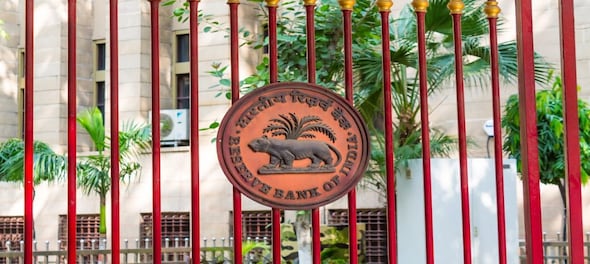
The Reserve Bank of India’s move to sell government securities directly to retail customers gets 100 marks for the smooth, hassle-free process of account opening but its use as a source of money for the government or as a return on investment for individuals is as yet uncertain.
Yours truly went through the account opening process. Despite my tech unsavviness, it was a butter-smooth process taking no more than a few minutes. Not surprising, 12,000 others too opened accounts in the first 24 hours of the PM flagging off the scheme. I haven’t yet tried buying bonds, but if the account opening was flawless, buying, paying, selling and receiving should be smooth.
But the question is why would I or any Indian citizen buy Government of India t-bills or bonds. The 91-day t-bill is trading at around 3.65 percent, the 364-day t-bill at 4.1 percent, and the `10-year bond at 6.35 percent. Compare this with NSC ( Nartional Savings Cetificates), which yields 6.8 percent for 5 years, PPF gives 7.1 percent and the incentive to move is nil.
Yes, the g-sec investments will be much more liquid compared to the small savings instruments. So the right comparison is with debt mutual funds. The five-year return of most low-duration funds today is around 7 percent and the one-year return varies widely between 4-5 percent (one UTI fund is doing far better right now). Also investments in debt funds, besides being easily liquefiable, also have tax advantages. Assuming everyone who knows about the RBI Retail Direct is in the 30 percent bracket, the tax deducted on capital gains may be at 30 percent, while in debt funds the capital gains tax after three years drops to 20 percent with indexation benefits.
It, hence, looks unlikely that savvy investors will take to the GOI bonds with gusto. May be some HNIs may take opportunistic bets on state loans, and even leverage their holdings to add to the returns, but it does appear that rival instruments have an edge.
So, will Retail Direct take off? It appears unlikely unless the tax treatment changes or retailers are allowed to repo their investments.
However, there are some who bet that the Retail Direct product may be the start of a new challenge for banks. If central bank digital currencies are launched and citizens are allowed to open accounts with the RBI, and they are paid salaries into that account and allowed to sweep all unspent balances into 14-day t-bills, then banks will have a rival. Maneesh Dangi, the fixed income expert and former fund manager at ABSL, writing on his LinkedIn post says the tyranny of banks may be ending.
Currently, this argument has too many ifs. RBI hasn’t yet launched its digital currency. It may well launch them through banks instead of opening direct accounts for citizens. Also, will any government or central bank want to compete with its own commercial banks? What is in it for them? The savings pool doesn’t increase so what governments may gain from retail investors, they may lose from banks investing in government bonds. Right now these arguments appear “dystopian” as Dangi admits, but it is a space to watch.
Right now, it appears the Retail Direct product may have a few curious investors like yours truly and some savvy high networth individuals (HNIs), but it is tough to see the product with its current tax position being a match for small savings or debt funds.
(Edited by : Bivekananda Biswas)
First Published: Nov 14, 2021 10:00 PM IST
Check out our in-depth Market Coverage, Business News & get real-time Stock Market Updates on CNBC-TV18. Also, Watch our channels CNBC-TV18, CNBC Awaaz and CNBC Bajar Live on-the-go!


PM Modi offers prayers at Dashashwamedh Ghat, takes cruise trip to Namo Ghat ahead of filing nomination
May 14, 2024 10:15 AM
Lok Sabha elections: 4th phase sees over 68% voter participation, West Bengal leads with 76% turnout
May 14, 2024 1:47 AM

